Do you know that last year we modern epoxy fillers recipes? To avoid confusions check on label if product is marked with ikon “new” or not. To find TDS and SDS cards please click this link DOWNLOAD.
Below differences for each Sea-Line epoxy filler.
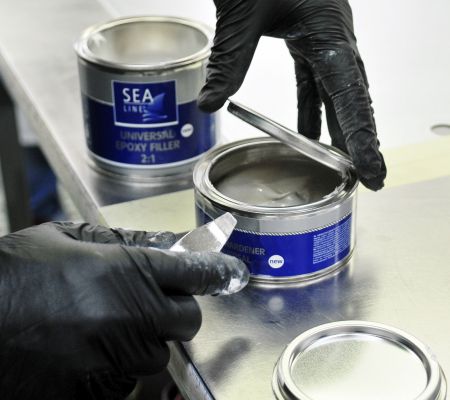
| Epoxy filler lightweight | Old recipe | New recipe | Diffierences |
| Color | White | White | No changes |
| Setting time | 24h | 20h | A faster hardened product means faster readiness for further processing |
| Pot life 20ﹾC | 50 minutes | 50 minutes | No changes |
| Weight | 1L = 850 grams | 1L = 700 grams | Lower product’s own weight |
| Proportions of mixing | By weight – 100:53 By volume – 2:1 | By weight – 100:100 By volume – 1:1 | Easier proportions of compounds mixing |
| Epoxy filler universal | Old recipe | New recipe | Diffierences |
| Color | Gray | Light gray | Lighter shade of the new filler |
| Setting time | 5h | 15h | Longer setting time |
| Pot life 20ﹾC | 10 minutes | 40 minutes | 30 minutes longer pot life |
| Weight | 1L = 1600 grams | 1L = 1540 grams | Lower product’s own weight |
| Proportions of mixing | By weight – 100:44 By volume – 2:1 | By weight – 100:50 By volume – 2:1 | Easier proportions of compounds mixing |
| Epoxy filler with fibreglass | Old recipe | New recipe | Diffierences |
| Color | Light green | Light gray | Color changes |
| Setting time | 24h | 16h | Setting time reduced |
| Pot life 20ﹾC | 25 minutes | 50 minutes | 25 minutes longer pot life |
| Weight | 1L = 1800 grams | 1L = 1550 grams | Lower product’s own weight |
| Proportions of mixing | By weight – 100:50 By volume – 1:1 | By weight – 100:50 By volume – 2:1 | Easier proportions of compounds mixing |
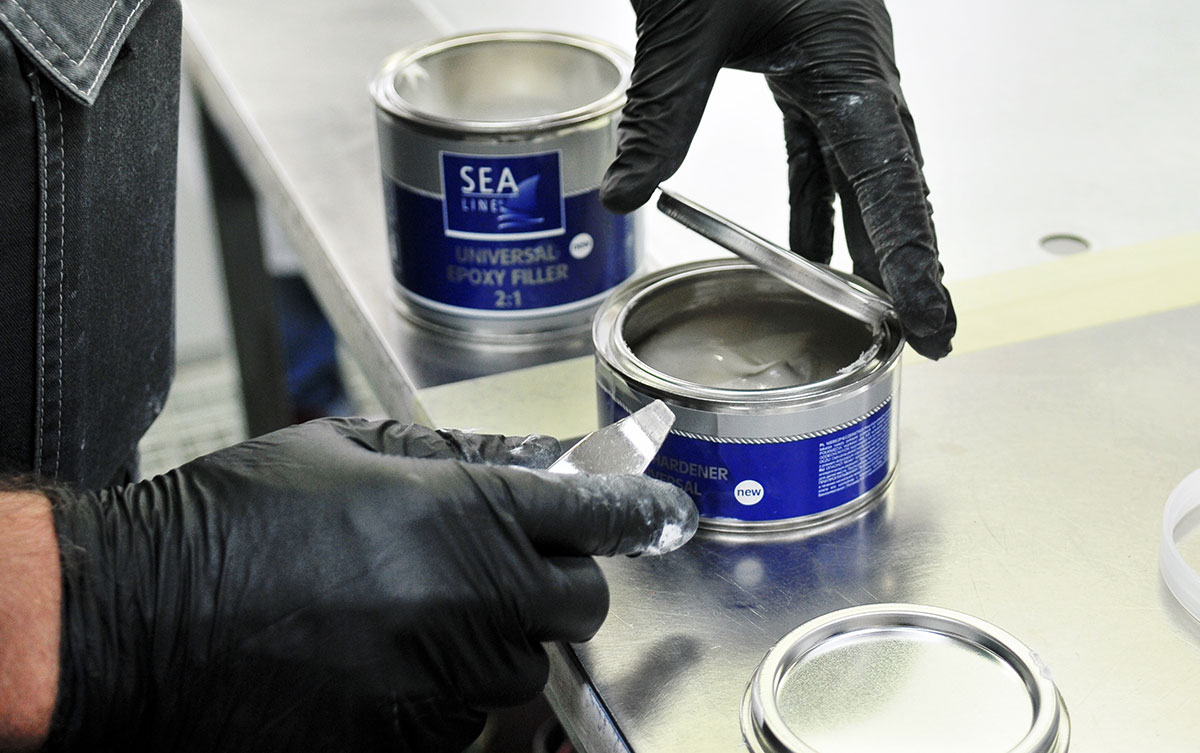
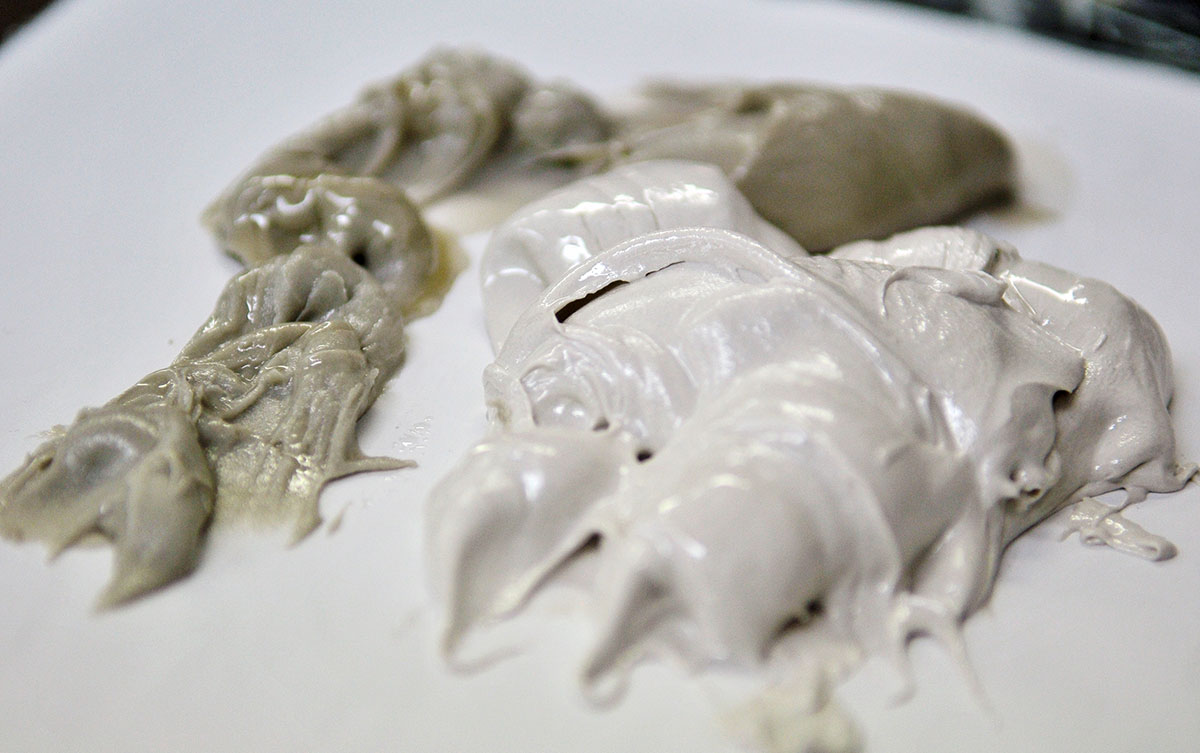
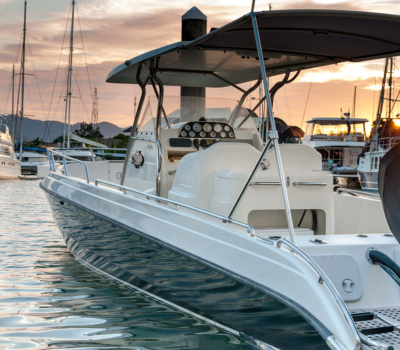
We are expanding our offer by introducing two new products that will provide boat enthusiasts
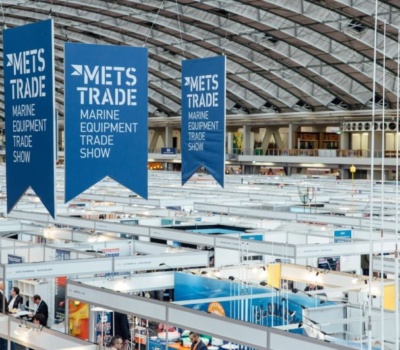
Come and join us at METSTRADE 2023, METSTRADE the best event for marine industry professionals,
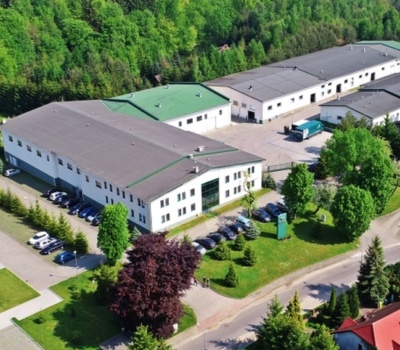
Visit us and our production plant without traveling
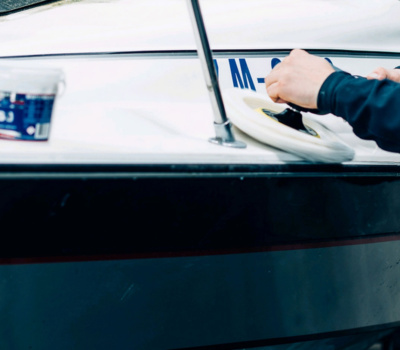
New in the 2023 season is a new polishing wool The new black and white
Sea-Line HARD and Sea-Line self-polishing antifouling are not intended for aluminum surfaces. They include copper oxide, which in contact with aluminum causes galvanic corrosion. Especially on aluminum, we offer ALU-PLUS self-polishing anti-fouling paint, which, in addition to excellent adhesion to aluminum, is also 30% more effective than traditional anti-fouling paints.
There is a possibility of thinning antifouling, but we do not recommend this procedure due to the risk of reducing the effectiveness of the paint. If it is necessary to thin the antifouling paint, it is recommended to dilute it to a maximum of 0-5% (by volume).